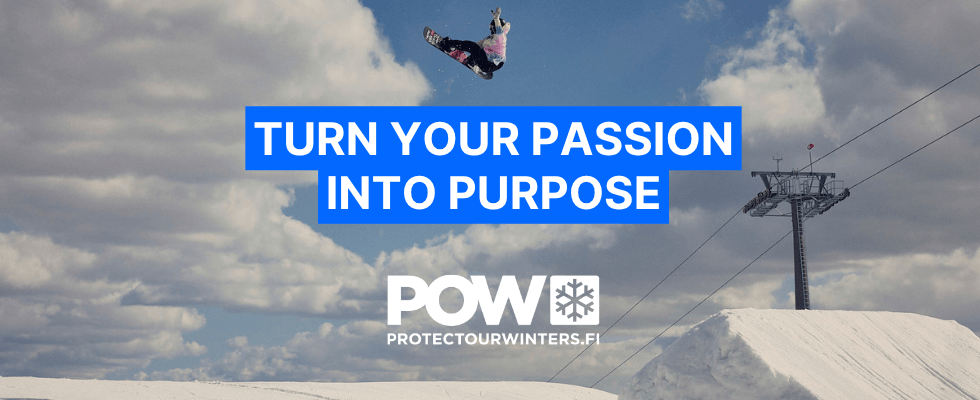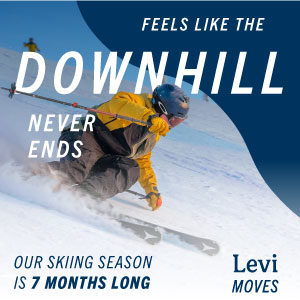Why a Closed Slope Is Closed – Understanding Ski Safety in Finland
Closed slope is never closed without reason. Safety always comes first, no matter the weather.

A closed slope is never closed without reason. Slope closures protect both skiers and staff – whether it’s early-season snowmaking, strong winds on the fells, or nightly grooming work. Respecting a “Slope Closed” sign is essential for your own safety – and for everyone else on the mountain.
Many Reasons Behind Closed Slopes
Ski resorts never close slopes for fun. Especially early in the ski season, a slope may look ready, but conditions are not yet safe for skiing or snowboarding.
Thin early-winter snow can hide rocks, stumps, or ditches under the surface. Even if you don’t see them, your skis will find them quickly.
Early winter is also the time for snowmaking and slope grooming. During these operations, the slope becomes a worksite – full of snow cannons, hoses, power cables, and snowcats. It’s no place for visitors. Entering can interfere with the work or cause accidents.
Freshly made snow may look tempting, but before grooming it’s often uneven, heavy, or icy. It’s worth waiting until the slope is properly prepared.
A Closed Slope Means “Unchecked”
Resorts open slopes only after a morning safety inspection. If a slope is closed, it hasn’t yet been checked – or safety issues were found. In Lapland, strong winds can reshape slopes overnight, forming snowdrifts or ice ridges even when the previous evening’s surface was perfectly smooth.
Competitions and training events can also lead to temporary slope closures. In such cases, neighboring runs may be used for service vehicles and event staff.
The Hidden Danger: Winch-Operated Snowcats
In many resorts, the steepest slopes are groomed using a winch-equipped snowcat. The steel winch cable can stretch hundreds of meters invisibly across the slope, moving up, down, and sideways.
A collision with a tensioned cable can be life-threatening – which is why no skier should ever enter a slope after it’s been closed.
As the season progresses, other hazards emerge. In spring, melting snow exposes rocks and creates new water channels. Even if the slope looks safe, experienced staff know when it’s time to close it.
After the ski season ends, slopes are no longer maintained or inspected. Signs and safety fences are removed, terrain park features are dismantled, and drainage ditches may be dug. At this point, the slope is no longer meant for skiing.
Respect the Rules – Protect Yourself and Others
Ski resorts don’t close slopes to annoy anyone; they do it to keep people safe. If you ski on a closed slope and get injured, your ski insurance may not cover the costs.
After hours, closed slopes are unlit, unsupervised, and ungroomed. If an accident happens, ski patrols or rescue staff may not be available.
Heading into a dark slope with a headlamp may sound adventurous, but it’s dangerous – especially when snowcats and winch cables are in use.
And remember: when one person goes past a “Slope Closed” sign, others often follow. Even a single set of tracks can encourage others to enter – and that’s how accidents happen.
The Golden Rule: Closed Means Closed
In Finland, ski safety is taken seriously. Respecting slope closures is part of responsible skiing – the same applies to early-season snowmaking areas and spring grooming operations.
If you see a “CLOSED” sign, turn around, take another route, and wait for the slope to open. It’s the easiest way to keep skiing safe and enjoyable for everyone.
Uncategorized
12.10.2025
Updated 12.10.2025









